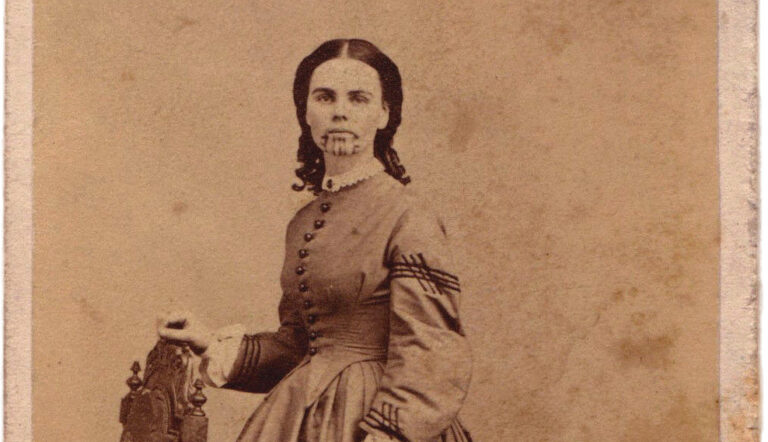Food in Cuba (and PARADISO at 50)
Angshuman Das’s excellent series on food writing has made me think about the role cuisine plays in Cuban literature and about the meals I ate when I visited the island in 2012 to do research for my dissertation. It’s a connection I don’t often make because, to me, the overwhelming appeal of Cuba is its visual beauty. In Cuba and the Night, Pico Iyer wrote, “It must have been the easiest place in the world to take pictures. You just got off the plane, and you were in the thick of it. Everywhere you turned, everything was happening, and everything that was happening took you from all abstraction and into something human, where answers weren’t so easy.”
Walking the streets of El Vedado or Centro Habana, jogging down the Malecón, or riding quietly in the back seat of a collective taxi, I understood exactly what Iyer meant. The images in front of me were vivid, light- and color-saturated. No expert photographer, I came home with a camera full of breathtaking photos, and tried to convince my friends and family that was just ordinary reality down there.
But while Cuba is a feast for the eyes, it can be harder on the palate. To put it bluntly, I did not eat well in Cuba. Since college, I’ve kept journals of the meals I’ve eaten while traveling. My Havana journal is mostly a record of confusion and frustration. I wrote phrases like: “the worst lobster I’ve ever eaten”; “terrible pizza—how can pizza be terrible?”; “ice cream that tastes like Styrofoam.” Apart from the fruit and coffee (which are spectacular), I uncovered no culinary revelations, ate no meals I just have to return to. Nothing like the huevos rotos my wife and I had at a bar in Madrid, or the meal we ate one night at an Italian restaurant in San Francisco’s North Beach, or the miniature German pancakes we’ll always order at our favorite pancake house in Fort Worth. I’ve always been the kind of traveler who judges the success of his trips on how well he’s eaten, and, by that measure, my time in Cuba was a failure. I lost weight.
This is not to say that Cubans are bad cooks. To the contrary, the times I was invited into Cuban homes for meals, I ate splendidly. It’s just that Cuba doesn’t have the public food culture—restaurants, street food—that you find elsewhere. And even in private dining rooms, there’s a sense of deprivation; for a variety of reasons including the embargo and the country’s relative poverty, some ingredients just aren’t available. Some dishes just can’t be made. An older friend on the island went on and on about the greatness of Cuban cuisine. Great, I told him. Where can I get it done right? “Miami,” he quipped.
When it comes to cuisine, deprivation has a particularly scarring effect on the Cuban psyche. From the beginnings of Cuban literature, writers have identified the nation with food and flavors and, more precisely, with culinary abundance. Silvestre de Balboa’s epic poem Espejo de paciencia (Mirror of Patience, 1608), generally considered the first piece of truly Cuban literature, identifies the island through a proliferating stream of edible fruits, vegetables, and meats. Later, Fernando Ortiz would characterize the essence of Cuba as a sort of dance between its two main agricultural products, sugar and tobacco. In the past few decades, though, abundance has given way to scarcity. Cuisine has taken on a spectral presence; it’s immanent in its absence. What remains is the hunger that Daína Chaviano describes so well in her novel El hombre, la hembra, y el hambre (The Man, the Woman, and the Hunger, 1998), which I’ve written about before.
For this reason, the quintessential novel of Cuban food might be José Lezama Lima’s Paradiso, which turns 50 this year. Though the novel has not reached the North American audiences enjoyed by other Latin American novels of the mid-1960s, it is a monumental work in Latin American letters, a foundational piece for the Neobaroque style. Roberto González Echevarría called it “one of the most audacious and original texts published anywhere in the twentieth century,” and it was translated in 1974 by the late Gregory Rabassa, who called it one of the greatest challenges of his career.
Paradiso is a Bildungsroman tracing the early life of a Cuban boy named José Cemí, and a story of his family, and of Havana in the early decades of the twentieth century. The sprawling work is Joycean in its wordplay and Proustian in its nostalgia. It’s Proustian, too, in that Lezama builds that nostalgia around flavors that trigger memories. This is especially true in the novel’s pivotal seventh chapter, which consists of a description of an absurdly rich family feast. “I’ve tried to rejuvenate you all,” says the meal’s cook, Cemí’s grandmother Doña Augusta, “and bring you back to your early childhood … You’ll feel like children and begin to praise it as if you’d discovered it for the first time.” The meal starts with a steaming plantain soup, proceeds through a soufflé of shellfish, a beet salad, a “glistening turkey, its harsh extremities softened by butter,” and a frozen cream served in champagne glasses. The meal ends (of course) with fruit, and then coffee, and then cigars. Throughout, Lezama uses his characters’ conversation and his descriptions of the food, its ingredients, and its associations to connect the scene to Cuba’s history and mythology, to his characters’ past and future, and the novel’s theological and philosophical themes. The feast stretches out, seemingly, to infinity.
The scene is so noteworthy that a massive meal in Cuba is sometimes called un almuerzo lezamiano—a Lezamian feast. Senel Paz, in the 1990 story “El lobo, el bosque, y el hombre nuevo” (“The Wolf, the Woods, and the New Man”), wrote that only after eating a meal like the one Lezama describes in Chapter 7 can you say that you’ve eaten “like a real cubano.”
But that isn’t how you’re likely to eat in Cuba today. Today in Cuba you eat in dining rooms decorated with still life paintings of feasts that will never appear on your table. You listen to women describe meals from their childhood, and men outside of restaurants make promises to you about the richness that awaits you inside. You read writers like Lezama, writers who ask you to sample word after word, to stuff yourself on sentences and descriptions, on colors and sounds and ideas. You live with the ghost of food. The feast is there, even if your stomach is grumbling.

